How to Work in a Blood Drawing Lab
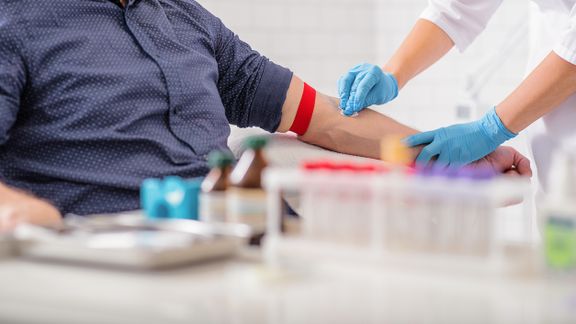
Blood Work Basics: What to Know About Your Test
There are a few different standard blood tests generally ordered by your physician. Many blood tests don't require any special preparation and take only a few minutes. Other tests may require fasting (not eating any food) for 8 to 12 hours before the test.
Make sure you talk to your physician and understand what type of test you are having and its requirements.
Before Your Blood Test
- Drink plenty of water! Many tests want you to avoid all food and beverages — except water. If you drink a lot of water, your blood draw may go more smoothly as blood is made up of 50% water. This makes your veins plumper and easier to get a blood sample.
- Bring a healthy snack and eat it after your test.
- If you have to fast, try to go to the lab first thing in the morning. That way you have a shorter portion of your day to tolerate an empty stomach.
During Your Blood Test
No one looks forward to a blood draw, but the procedure is usually brief and uneventful. Many people are in and out of the lab in about 15 minutes.
- Blood is usually drawn from a vein in your arm or other part of your body using a needle. To make it easier for the person who draws your blood (phlebotomist) to access your vein, wear a shirt with short sleeves or something with sleeves that easily roll up.
- The phlebotomist might tie an elastic band (tourniquet) around your bicep and ask you to make a fist. Doing this can make the veins in your arm more accessible and easier to insert the needle to avoid multiple "sticks".
- The needle that goes into your vein is attached to a small test tube. The phlebotomist will remove the tube when it's full, and the tube seals on its own. The needle is then removed from your vein.
- If multiple samples are needed, more than one test tube might be attached to the needle before it's withdrawn from your vein.
- If you're nervous or scared, it can help to look away or talk to someone to distract yourself. You might feel a slight sting when the needle goes in or comes out, but generally doesn't hurt while the needle is inserted.
After Your Blood Test
- When the needle is withdrawn, you'll be asked to apply gentle pressure with a piece of gauze bandage to the site. This helps to stop the bleeding and may help prevent swelling and bruising.
- Keep your arm straight, as bending your arm may cause bruising.
- Hold pressure on the spot where the needle was inserted. The phlebotomist will check for continued bleeding and apply a bandage if it has not stopped. You may want to keep a bandage on for a few hours.
- If bleeding occurs, elevate your arm and apply pressure to the bandage for at least five minutes. If you develop a bruise, apply ice wrapped in a towel or cloth to the area for 15 – 30 minutes several times a day for the first day. Warm, moist heat can be used instead of ice after the first day. If you experience more than minor discomfort after the first day, you may want to call your physician for advice.
Usually, you don't need to do anything else after a blood test. If you use a DMG lab and have a DMG physician, your doctor will receive your results automatically through DMG's electronic medical record. It's important that you follow-up with your doctor to discuss your test results.
If you are interested in this health topic, you may also like:

What to Expect At Your 20-Week Pregnancy Ultrasound
By Radiology
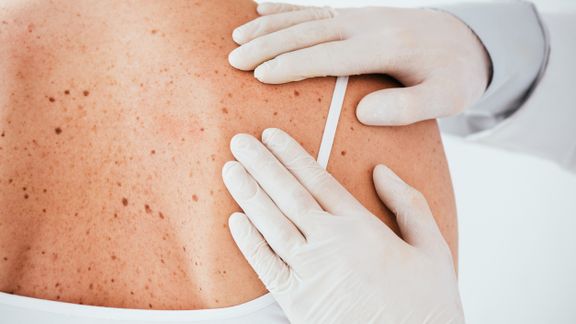
What is an FAAD?
By Dermatology
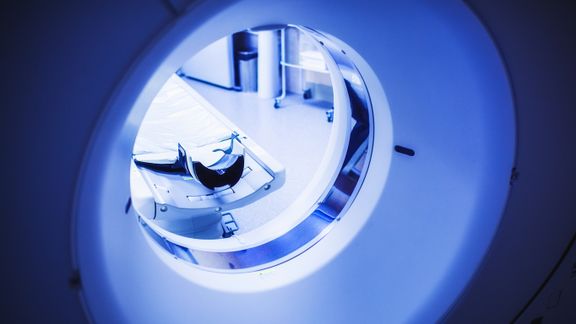
MRI, MRA, MRV: What's the Difference?
By Radiology
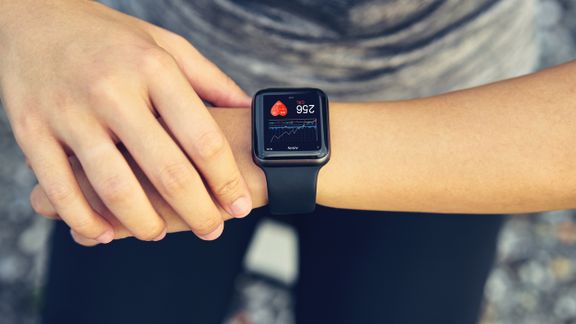
Coronary Calcium Score CT Scan
By Radiology
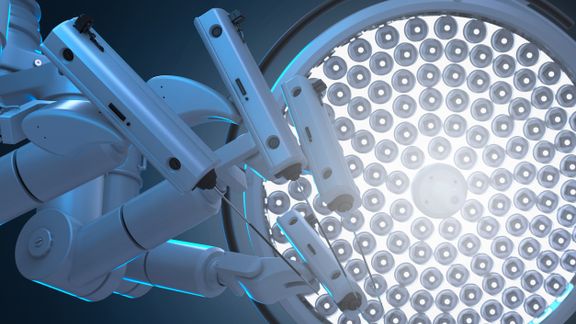
Minimally Invasive Treatment For Prostate Cancer
By Urology
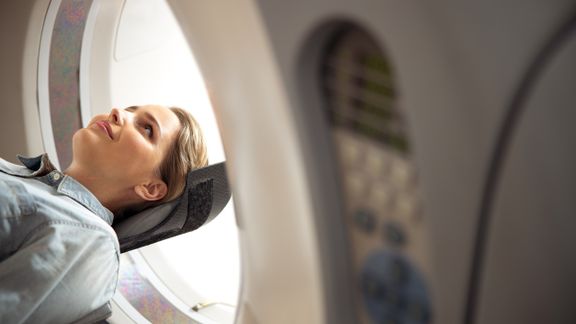
4 Benefits of Wide Bore MRI Systems
By Radiology
How to Work in a Blood Drawing Lab
Source: https://www.dulyhealthandcare.com/health-topic/blood-work-basics-what-to-know-about-your-test
0 Response to "How to Work in a Blood Drawing Lab"
Post a Comment